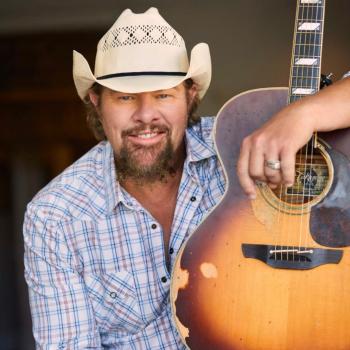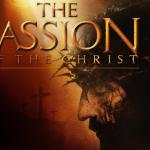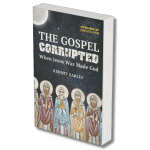You can call them “unaffiliated,” as in a recent Pew poll, or “nones”—or even just “not very religious.” A brand new poll by the Public Religion Research Institute divides this group further (and somewhat counterintuitively) into “unattached,” “atheists/agnostics,” and “seculars.” But whatever you call them, this ever-growing cohort of unchurched Americans makes up, at 23 percent, the single largest segment of Barack Obama’s “religious coalition” (compared to the 37 percent of white evangelicals who support Mitt Romney).
While we have yet to see a “Seculars for Obama” bumper sticker, the unaffliated are clearly having a moment. Media analysis, however, has not gone very deep—there is a story here that goes beyond names and numbers. Recent sociological work from Courtney Bender, Christian Smith, and others does help us understand who the current crop of unaffiliated are and what they do and believe. Yet we have precious little historical understanding of this critical and growing demographic. What are their roots? What religious, cultural, economic, demographic, and political processes shaped their sensibilities, habits, and makeup?
In order to understand these still-believing “nones,” we need to understand that much of the religious dynamism in the United States happens outside the church walls, and has for some time now. The “rise of the nones” is but the latest phase in the long transformation of religion into what we now commonly call “spirituality.” In my class on “Spirituality in America” at the University of Virginia, we use Leigh Schmidt’s pathbreaking Restless Souls to trace this phenomenon over two centuries, from Ralph Waldo Emerson’s break with New England Unitarianism in the 1830s to the multi-billion dollar spirituality industry of today.
Read the rest here















